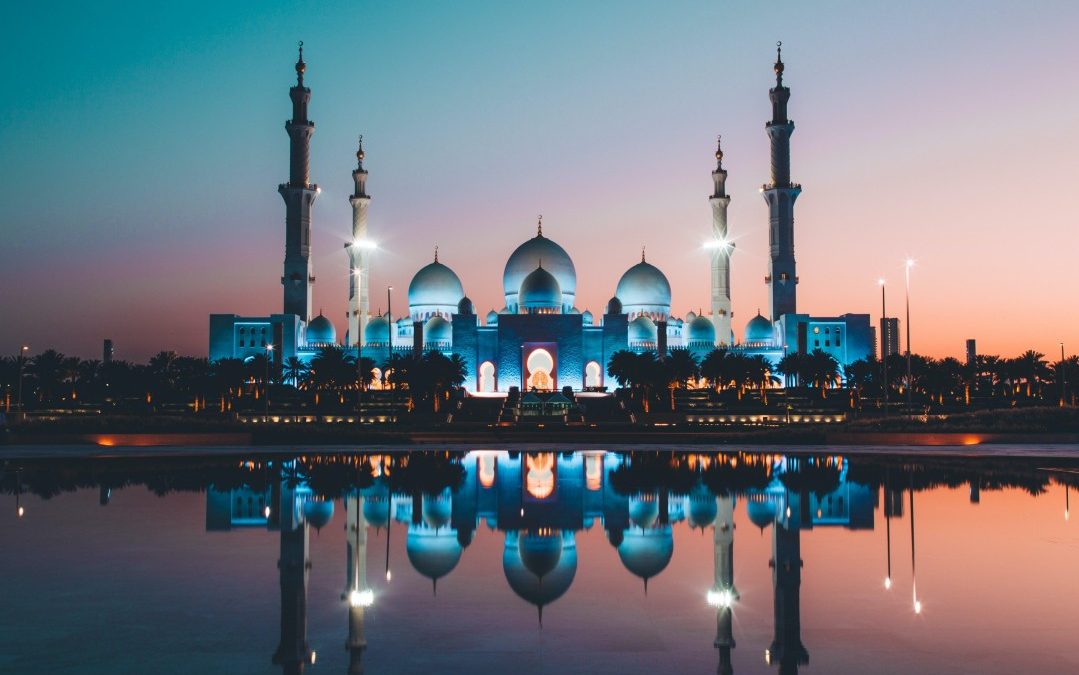The UAE is gearing up to unveil its Saadiyat Cultural District in 2025, with India poised to be a central focus. This district, located on Saadiyat Island, will feature seven world-class cultural venues and aims to be a melting pot of global cultures, fostering dialogue and challenging the Western perspective on art.
Highlighting this initiative, Mohamed Al Mubarak, Chairman of the Department of Culture and Tourism (DCT) Abu Dhabi, noted the significant presence of Indian history and artifacts in almost every gallery of the Louvre Abu Dhabi. These include ancient statues of Nataraja and Jina, a 12th-century Pala dynasty manuscript, a sandstone frieze from Rajasthan, and S H Raza’s ‘Bindu’.
Currently, three institutions are operational within the district: Louvre Abu Dhabi, renowned for its striking architecture; Berklee Abu Dhabi, which offers music and performing arts programs; and Manarat Al Saadiyat, a venue for cultural events. The remaining venues—Zayed National Museum, TeamLab Phenomena Abu Dhabi, Natural History Museum Abu Dhabi, and Guggenheim Abu Dhabi—are 76% complete and are on track for the 2025 opening, according to DCT Abu Dhabi.
Al Mubarak emphasized that the district embodies “cultural hope” and aims to convey a powerful message of cultural diversity, fostering global connections and inspiring cultural exchange. He underscored India’s pivotal role in the history of art, describing the country as “the epicentre of culture.”
Positioning the district within the Global South, Al Mubarak highlighted the increasing investment in culture in regions such as Asia, the Arabian Peninsula, and Africa, contrasting it with the perceived decline in cultural investment in Europe and North America. He noted a burgeoning cultural intellect in these regions, driven not only by museums but by a broader cultural renaissance.






